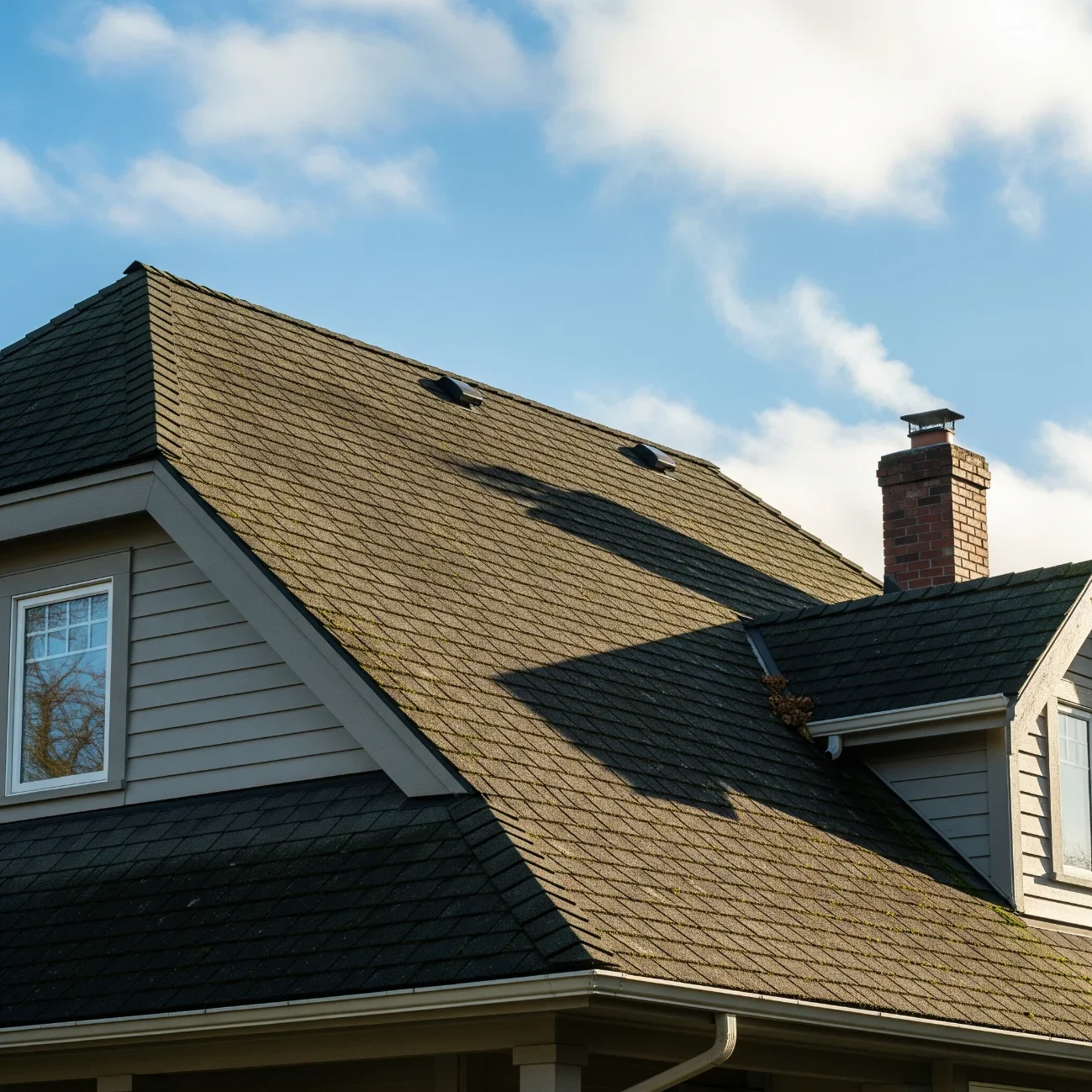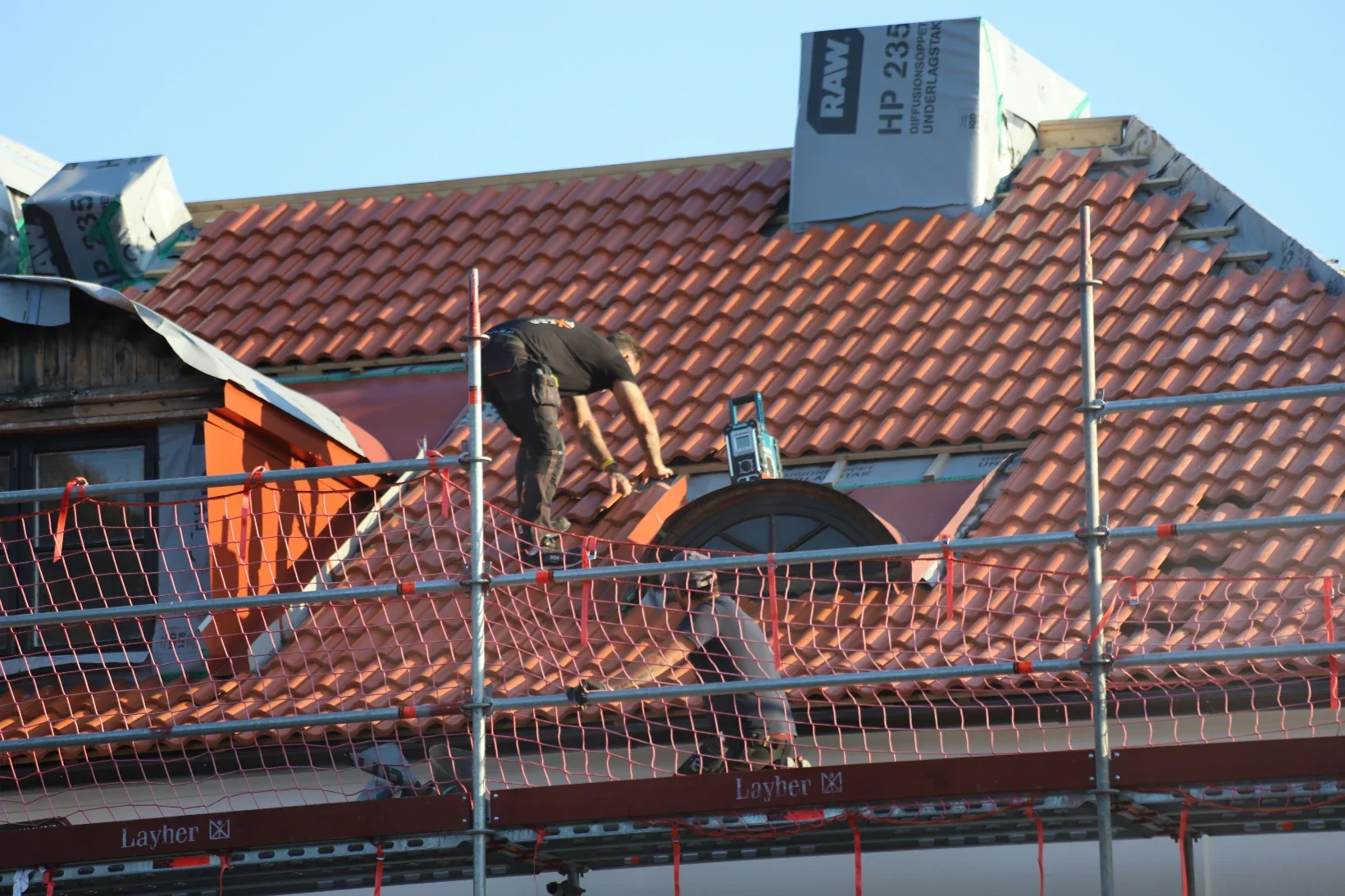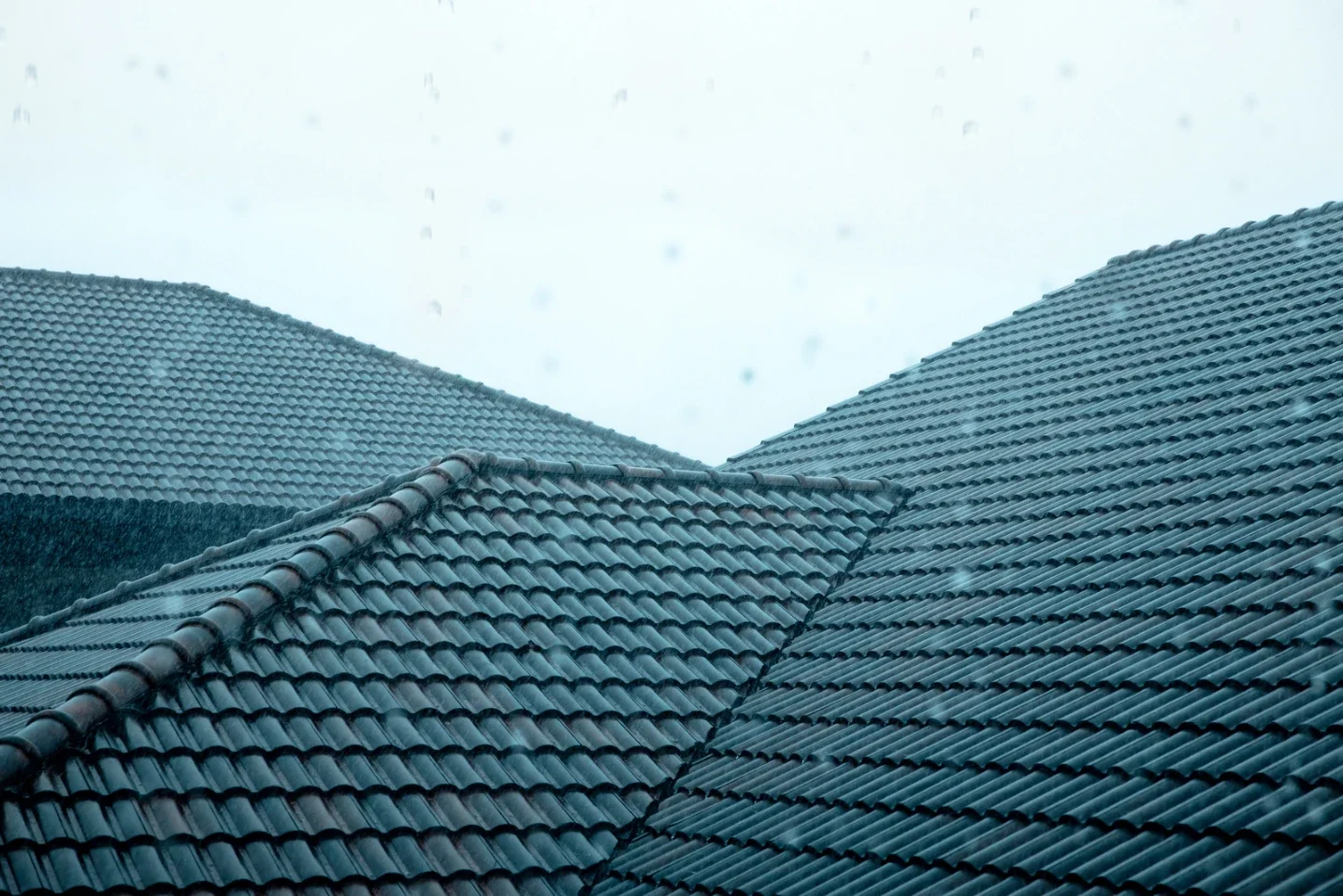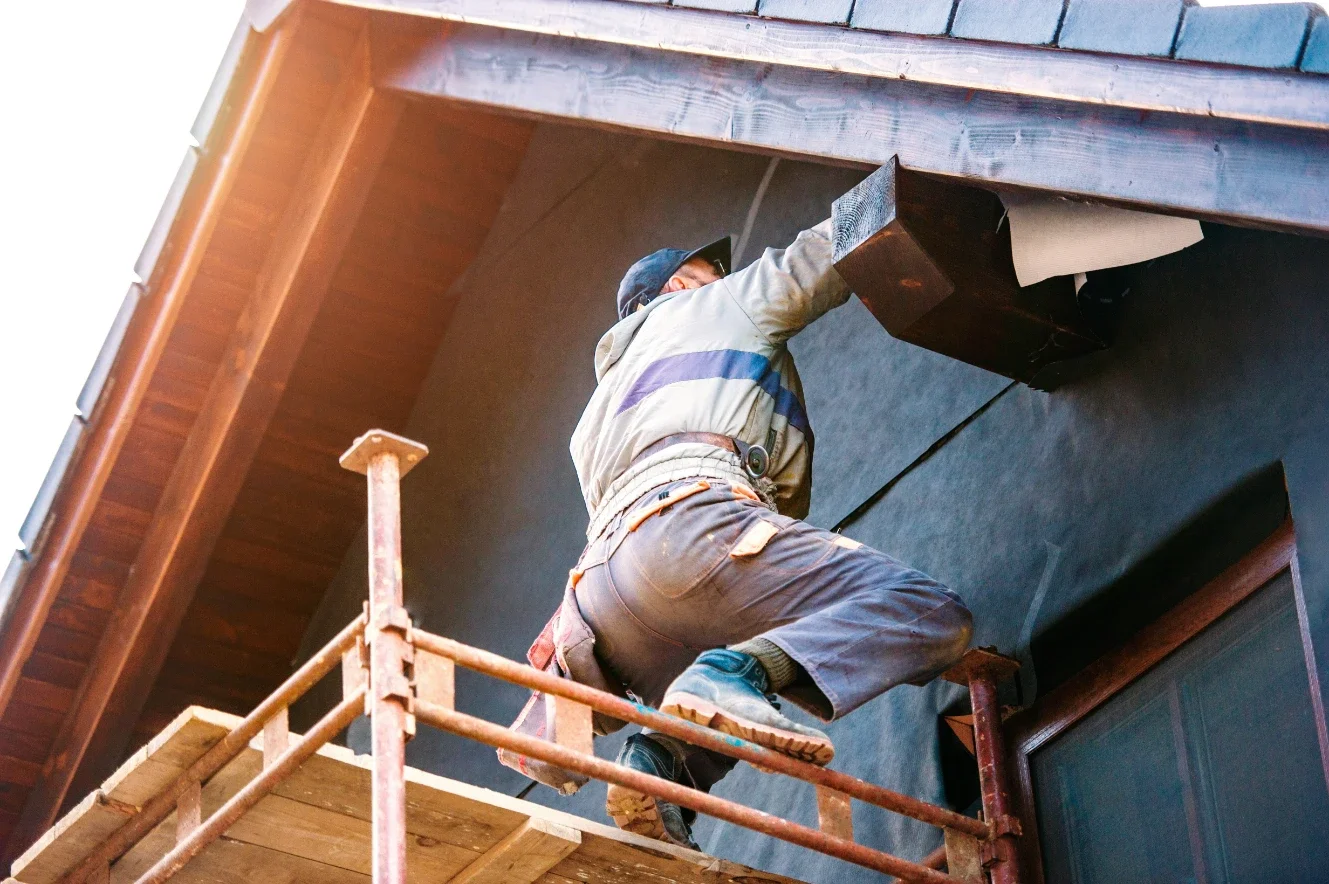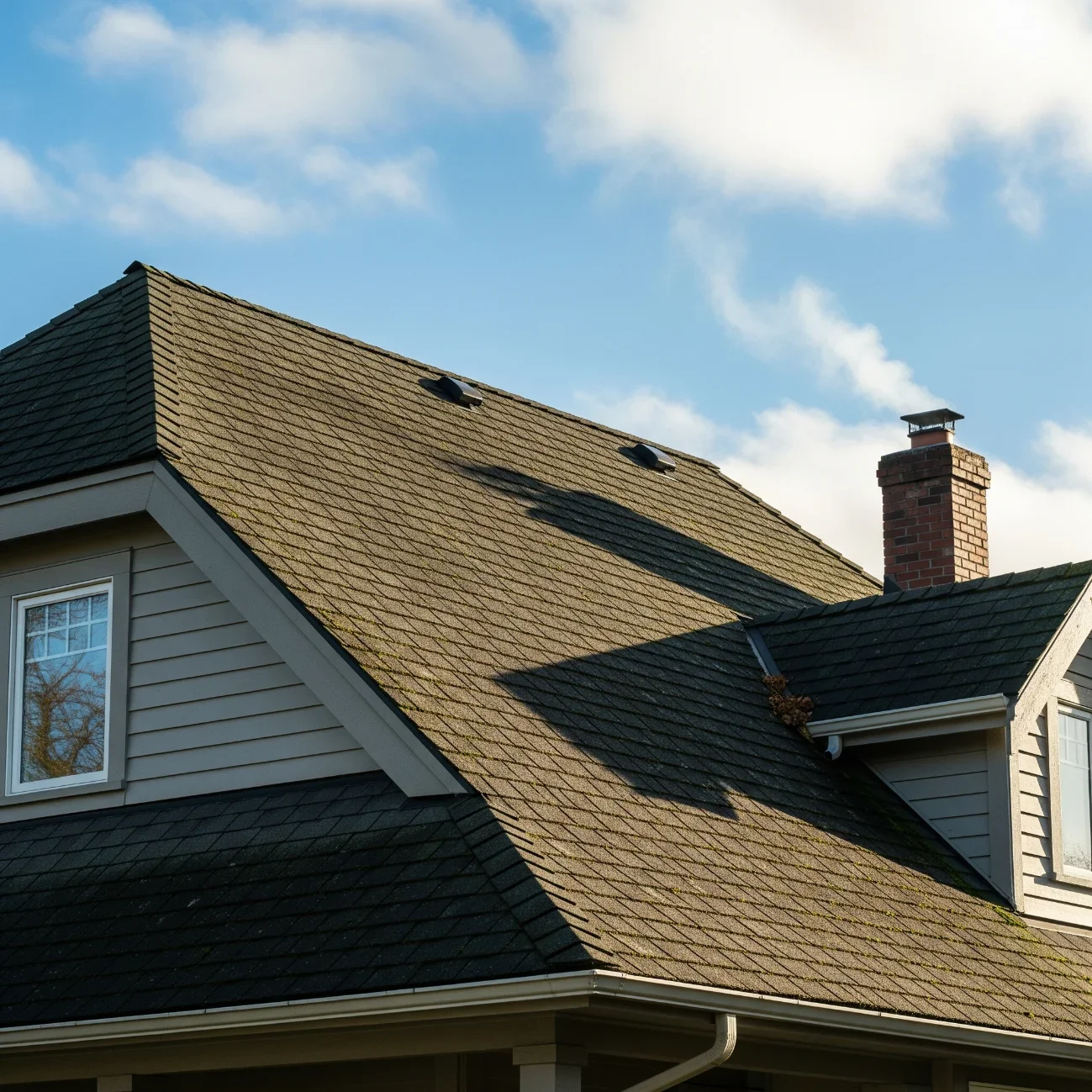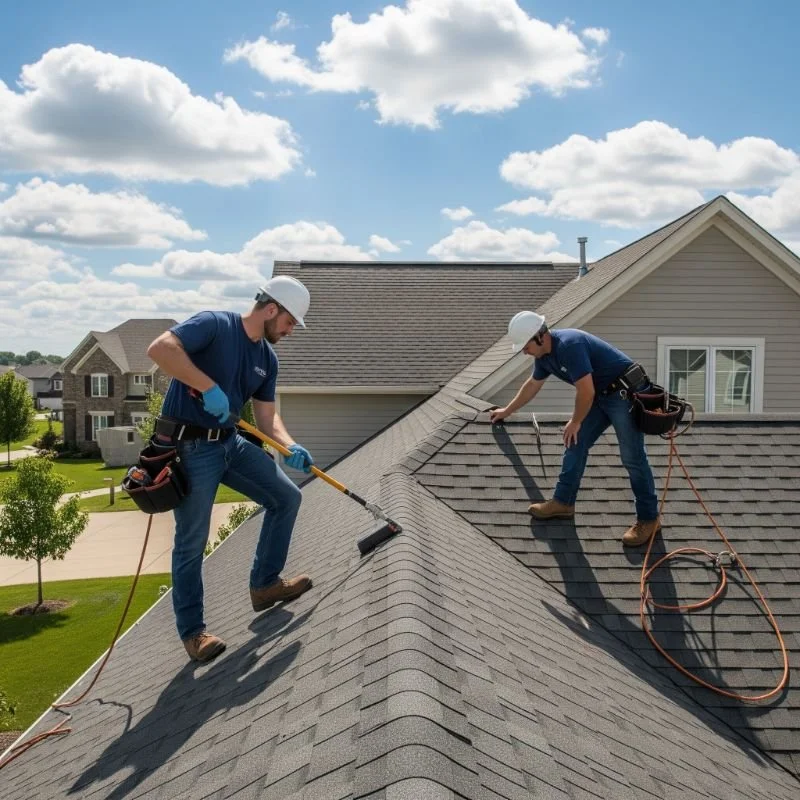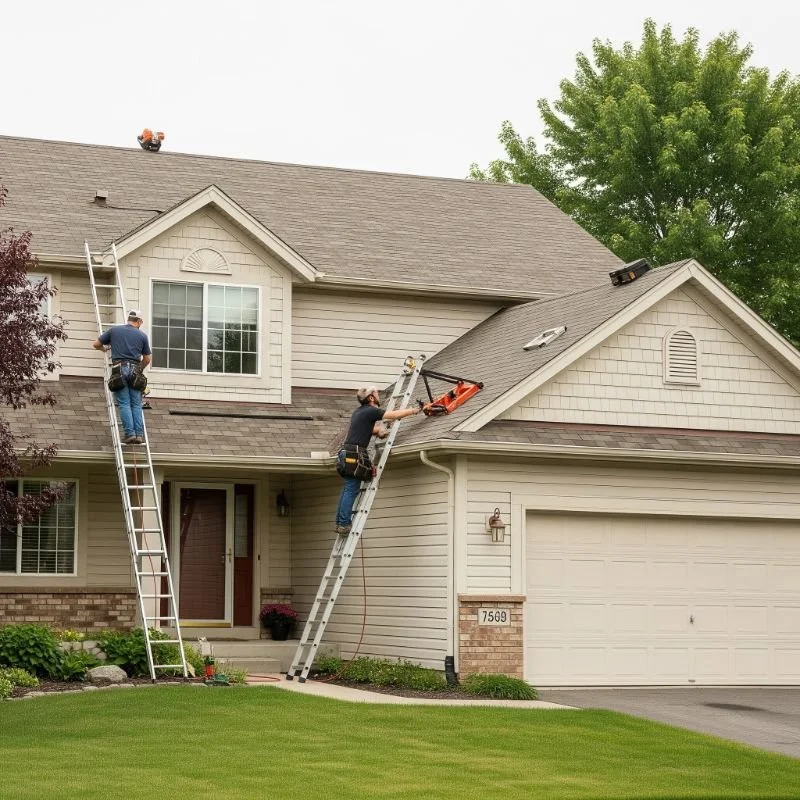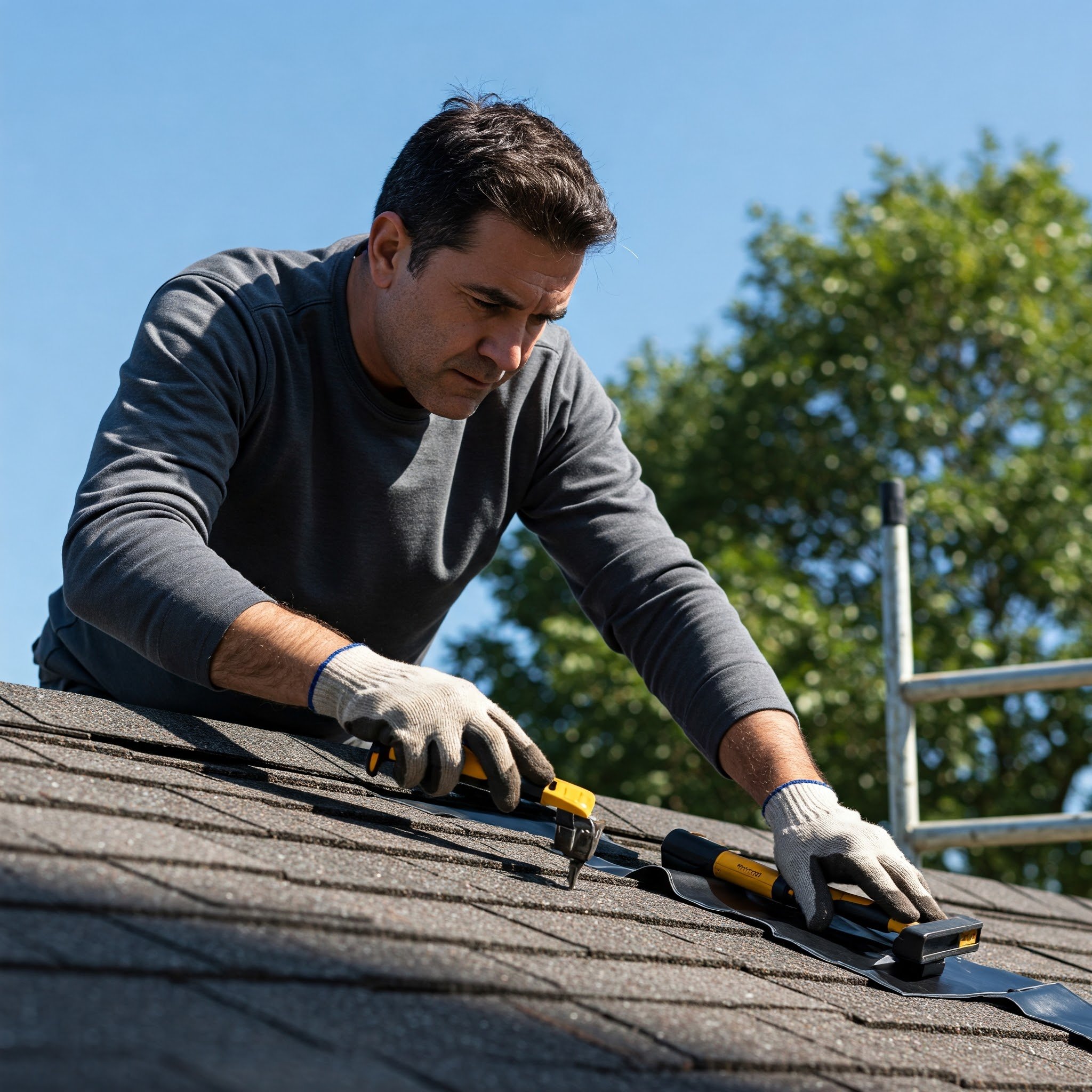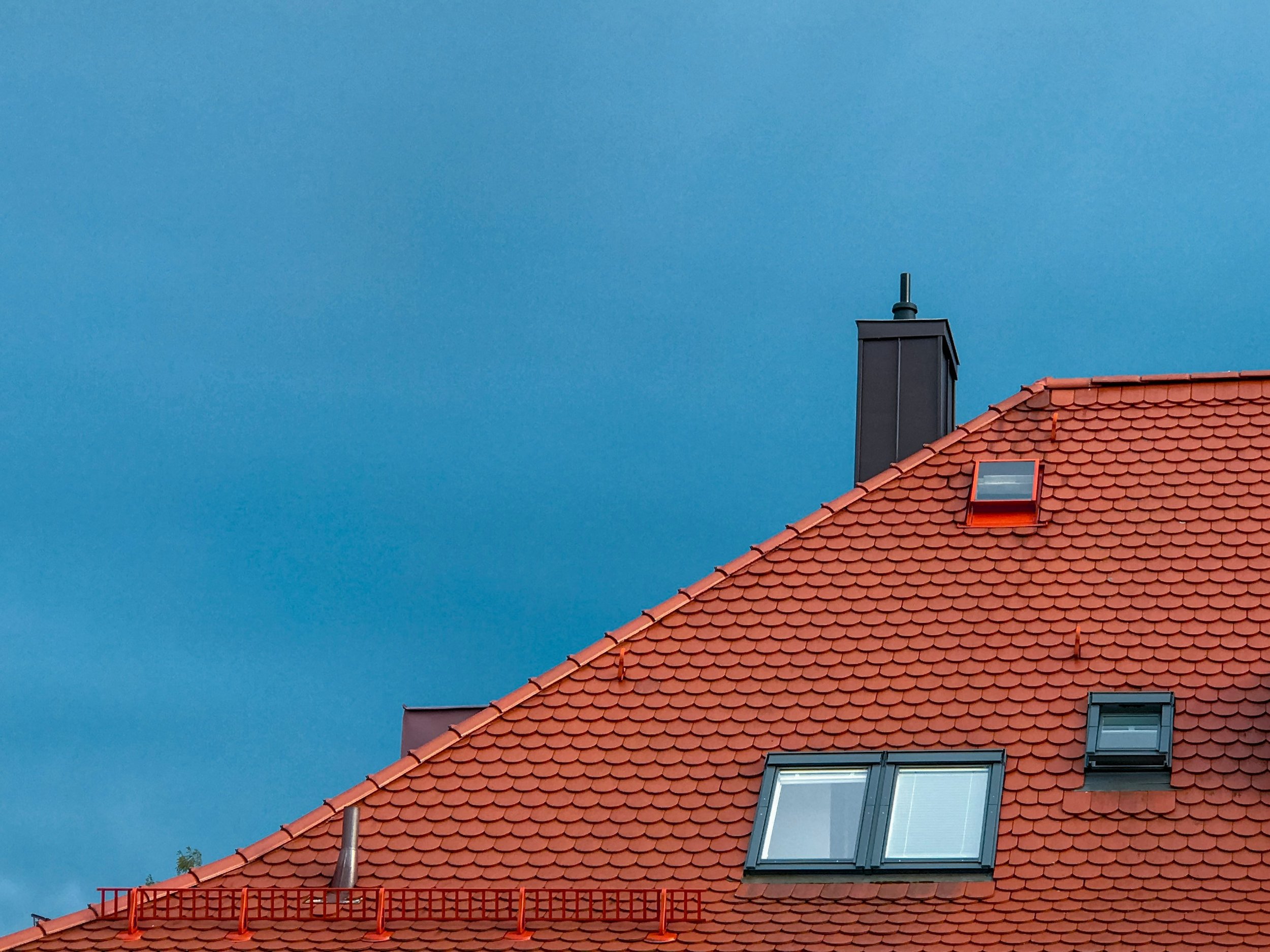How Weather Impacts Your Roofing Lifespan
Discover how different weather conditions can affect your roof's durability and learn strategies to extend its lifespan while maintaining protection and style.
Your roof is your home’s first line of defense against the elements. Over time, exposure to different weather conditions can significantly affect its performance, appearance, and longevity. Understanding how weather impacts your roofing lifespan can help you take preventive measures, choose better materials, and schedule timely maintenance.
The Role of Sunlight and UV Rays
Constant exposure to sunlight, especially in regions with hot climates, can cause roofing materials to deteriorate faster. UV rays dry out certain roofing materials, making them brittle and prone to cracking. Asphalt shingles, for example, may lose their protective oils and start curling or breaking apart. To combat this, homeowners can choose roofing materials with UV-resistant coatings that reflect heat and reduce damage.
Heavy Rain and Moisture Damage
Excessive rain can cause water infiltration if your roof has cracks, missing shingles, or damaged flashing. Water that seeps into the roof structure can lead to rot, mold growth, and structural weakening. Even if the water does not penetrate immediately, constant exposure to moisture can gradually degrade the materials. Regular inspections, especially after a rainy season, are essential to prevent minor leaks from turning into costly repairs.
The Impact of Snow and Ice
In colder climates, snow and ice bring their own challenges. Ice dams, which form when melted snow refreezes at the roof’s edge, can trap water and force it under the shingles. This can cause water leaks and damage to the underlying layers. Heavy snow accumulation also adds weight to the roof, which can strain the structure. Choosing roofing materials that can handle cold temperatures and ensuring proper attic insulation are key to preventing these issues.
Wind Damage and Storms
Strong winds can lift shingles, tear off flashing, or even damage the roof decking. Flying debris during storms can puncture or crack roofing materials, leading to leaks and reduced protection. Areas prone to hurricanes or tornadoes should invest in impact-resistant roofing products and have their roofs securely anchored to the home’s structure.
Temperature Fluctuations and Expansion
In some regions, the difference between daytime and nighttime temperatures can be significant. This constant expansion and contraction can weaken roofing materials over time, especially if they are not designed to handle such stress. Metal roofs typically handle these fluctuations well, but other materials might require additional reinforcement or sealants.
The Role of Roofing Materials
The type of roofing material you choose plays a major role in how your roof responds to weather. Metal, slate, and tile roofs generally withstand extreme weather better than asphalt shingles, but they also come with different costs and maintenance needs. An energy-efficient roofing option can help control heat absorption, reduce cooling costs, and minimize weather-related damage.
Preventive Maintenance for Longer Lifespan
While you cannot control the weather, you can control how well your roof is maintained. Here are a few preventive tips:
Schedule regular inspections at least twice a year, ideally in spring and fall.
Clear debris from the roof and gutters to prevent water buildup.
Check flashing and sealants around chimneys, skylights, and vents.
Repair small issues immediately to prevent them from becoming bigger problems.
Planning for Weather-Resistant Roofing
If you live in an area with extreme weather patterns, investing in durable materials and professional installation is essential. Proper ventilation, insulation, and sealing can significantly increase your roof’s resistance to weather damage. Always work with a qualified contractor who understands local climate challenges and can recommend the best solutions.
Weather will always be a factor in your roof’s lifespan, but with the right materials, proactive care, and expert advice, you can keep your roof strong and reliable for decades. By understanding the effects of sun, rain, snow, wind, and temperature changes, you can make informed decisions that protect both your home and your investment.
